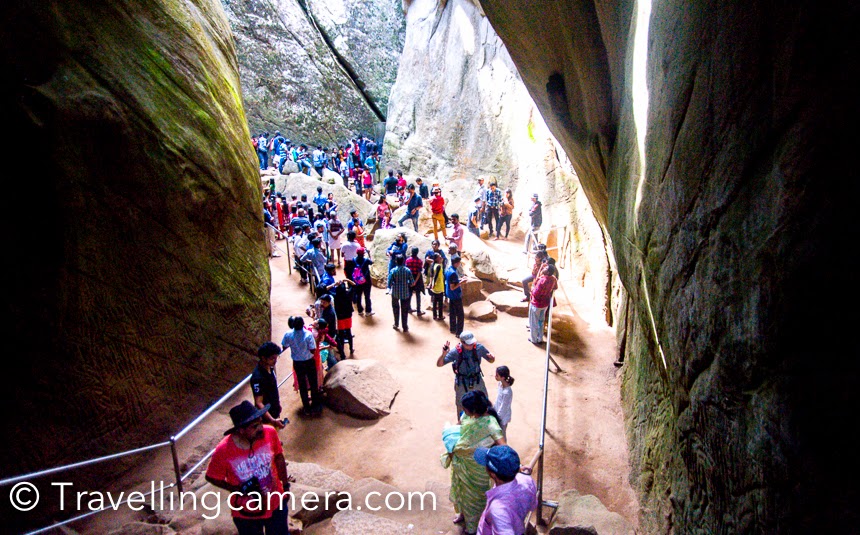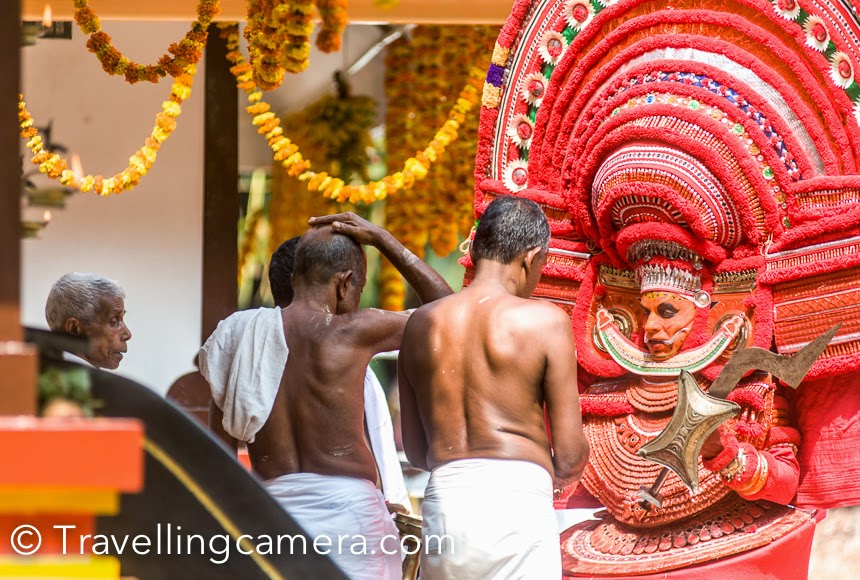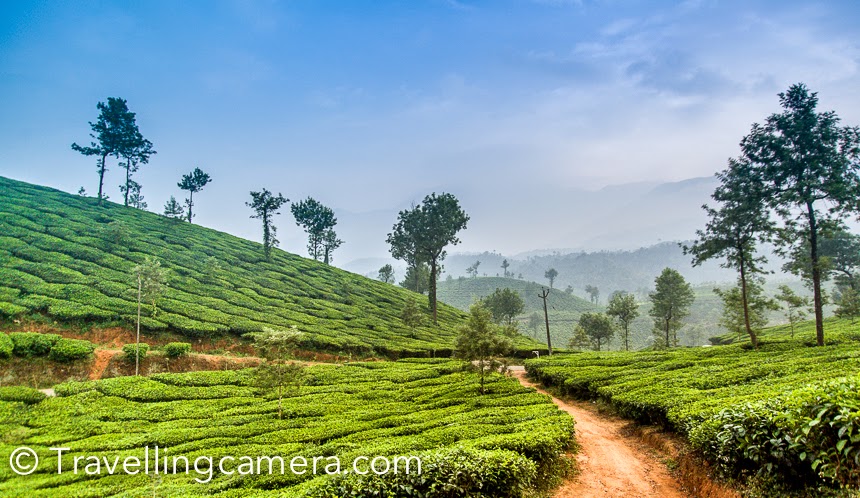It was a sunny day in December. We reached the shrine, or kavu, at about 11 o'clock. We were in a village in Kannur, northern Kerala to watch the dance of theyyams, a ritual we had only heard of so far. And our experience with most other religious gatherings had taught us to be careful, especially because we were going to photograph the event.
Two priests, clad in a white dhoti with a red border, were singing in the courtyard of the shrine. Their loud voices easily dominated the beats of chenda, the traditional percussion instruments they were playing, and the cacophony of all other voices around the shrine. To us outsiders who didn't understand the language, the tone sounded plaintive. Only later did I find out that these priests are also considered Theyyams and they were telling the story of the Theyyam who was about to perform next.
For those who do not know, a Theyyam is supposed to be the reincarnation of a god, who could be anyone from Vishnu, Shiva, Durga, Kali, to any local deity, or even an animal such as a serpant.
For the duration that the person is wearing the dress and the makeup, he is believed to be the god that he is representing and is revered like a god.
Another interesting fact is that people who dance as Theyyams are from castes that are considered lower or even untouchable.
The temples, or kavus, where these Theyyams perform usually do not have idols. The only worship that happens here is when Theyyams come and perform and at that time it is believed that the gods themselves have come to the courtyard and are performing a worship there. This is the only time that one can seek blessings in this temple. The worship ceases as soon as the Theyyams leave and resume when they return.
In a little hut beside the temple, we found a couple of Theyyams being made up and dressed.
We were at first reluctant to take out our cameras and start clicking. We were worried that we may offend the people there.
We toed the line gradually and were very relieved to see that the presence of photographers didn't seem to worry anyone. After that we clicked without any inhibitions.
After this, we decided to split. Vibha went and sat with the local people while I stayed inside the courtyard and clicked. This proved to be the best decision ever as my wife was lucky enough to find a seat next to a little girl who knew English and was able to communicate. She told my wife many details that I have included in this story. The girl was called "Oshina", a beautiful word that means the daughter of an ocean, and wanted to become a journalist after college.
Anyways, on to Theyyam. Very soon the first Theyyam entered the courtyard and began the dance. This Theyyam wore a brilliant orange dress and predominantly orange makeup. I thought that the headdress was really bid and wondered how the person performing the Theyyam was able to carry it.
This Theyyam performed for about one hour during which he circumambulated the shrine and then offered prasadam to the onlookers.
This was the Theyyam of Pulimaran or the tiger god, a reincarnation of Vishnu.
The headdress of Pulimaran, however, looked tiny in comparison to the next Theyyam who entered the courtyard. This was the Theyyam of Naginiamma, the god of snakes. The Theyyams wore an anklet called chelanga on their feet and this made a loud, clinging noise as the Theyyams danced.
I remember thinking then that the people who performed the Theyyams would require a great deal of faith and devotion to commit to this tough, demanding cause.
Several other Theyyams followed and each was unique in the way he was dressed and made up. Each Theyyam performed a different kind of dance and weilded different weapons. We were blessed to run into Oshina. She shared with us a wealth of information, without which I don't think we would have understood the importance of the events unfolding before us that afternoon.
After watching around 6-7 Theyyams, we had lunch with the villagers. The kavi had organized community meals (equivalent to the north Indian langar or dhaam) for everyone and were kind enough to invite us for it. We loved the simple yet delicious south Indian fare that was served to us. It was the perfect way to end the afternoon.
I had always wanted to watch Theyyam and we were immensely lucky to get an opportunity to oberve the ritual at such close quarters. I think this is a ritual everyone should watch at least once. It is a very humbling experience.
You may also want to check -













.jpg)
Comments
Thanks for sharing such detailed pictures... :-)